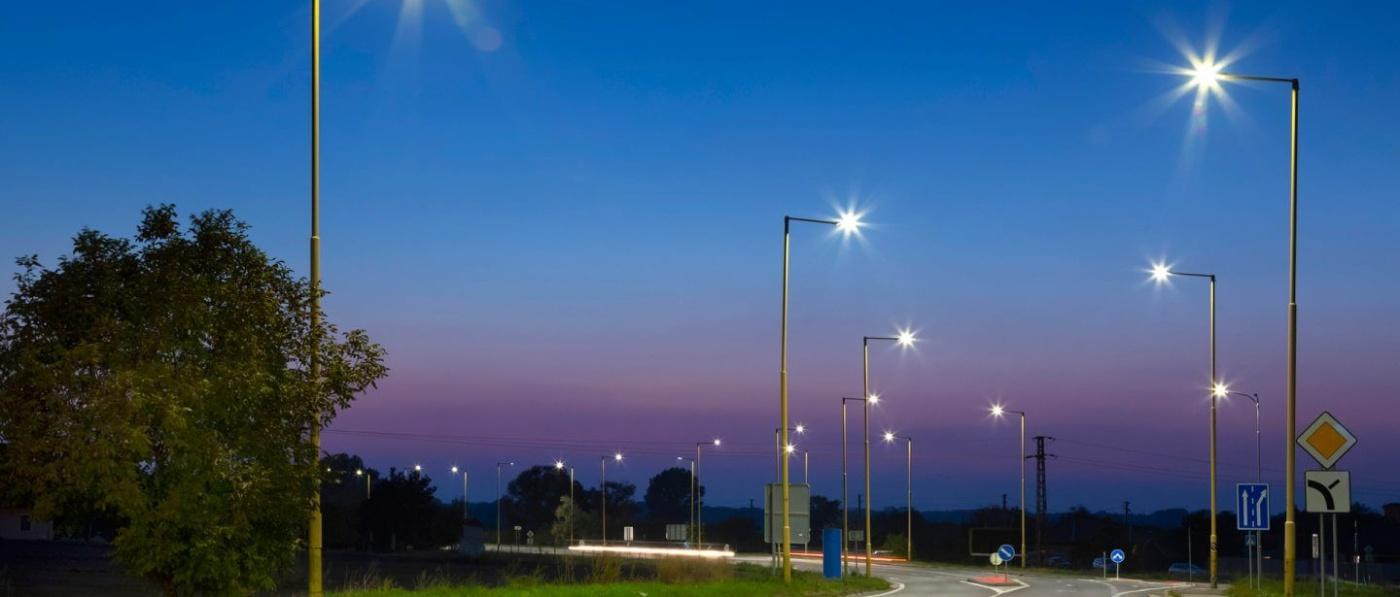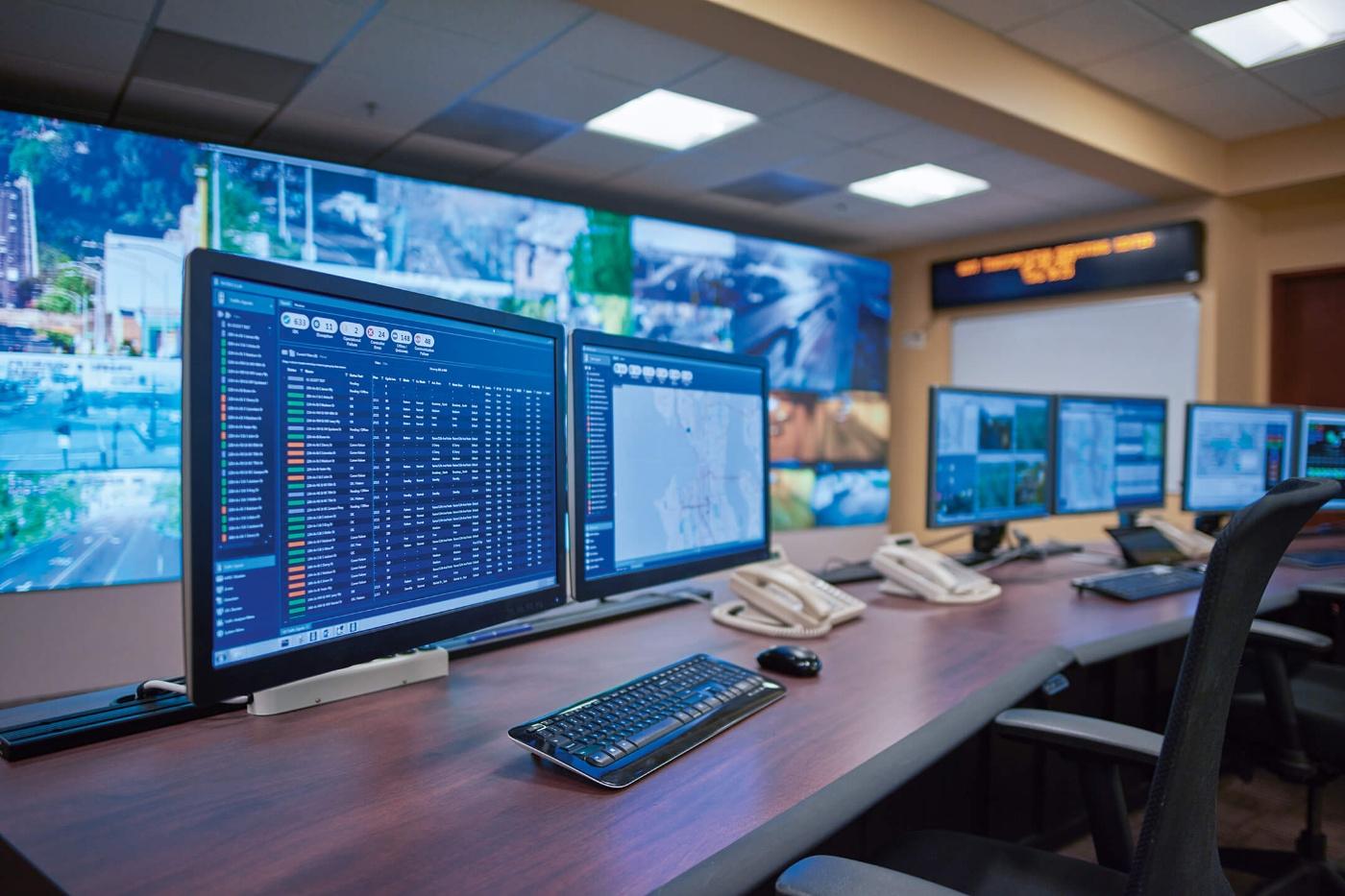
News
How connected cities improve our lives
Phased traffic lights to get you through the evening rush-hour traffic – given the volume of cars in many city centers that is barely imaginable today, but smart cities could change all that in future. Digital, efficient and sustainable – with a smart infrastructure, it becomes possible.
Digitalization is set to change our world dramatically in the decades ahead. One area where this will be noticed, amongst others, is the urban infrastructure. It provides over half the world’s population with energy, a place to live in, and mobility. That said, a large part of the urban infrastructure is technologically outdated. Particularly in countries where the infrastructure was installed several decades ago, when roads, rail tracks, energy systems and buildings were still very far from arriving in the digital information age. There is huge potential lurking there, because smart infrastructure with 5G networks, AI computers and IoT sensors makes clear efficiency gains possible. That’s an important step towards the sustainable city of the future. The modules described here are set to play their part in realizing that vision.
Smart traffic
Stop-go traffic and traffic jams are now part of daily life in many cities. This is where a connected traffic infrastructure offers plenty of potential solutions. By gathering data, digital technologies can calculate a comprehensive picture of all traffic flows in a city, adapt to given situations in real time and optimize the flow of traffic to a significant degree. For instance, by adjusting the phasing on traffic lights, or flagging up diversions to avoid routes blocked by traffic jams. Another factor is car-to-infrastructure communication, which increasingly is set to play a more important role as automated and connected driving is further developed.

Smarter street lighting
Road traffic is not the only area where smart infrastructure can help achieve greater efficiency and energy savings. A further lever is the street lighting in our cities, where in most instances only a small part of it is actually ensuring better visibility for road users. A not inconsiderable part gets lost in the night sky, due to the high scatter from light sources, or is lighting up parking spaces and roads even though no-one is around at all. However, the idea is to prevent this by using smart LED lights: The LED spotlights consume less energy and direct their light better, meaning that light emissions are lower. If this lighting is then also enabled to connect with its environment, it can further increase its efficiency significantly. That’s the case, for example, in Leipzig, where smart street lighting is already installed on some walkways and cycle routes. The LED lighting is dimmed to save energy, until a motion sensor is triggered as someone passes it and the lighting level is boosted. To ensure the road user has optimum visibility at all times, the lights pass on the signal indicating an approaching pedestrian, lighting the way ahead accordingly. It’s technology allowing light pollution to be avoided and ensuring greater road safety. What’s more, energy costs are lowered.

Smarter energy
When it comes to supplying the energy, too, smart systems will also increasingly be used in future. A key concept in this is the smart grid. Its particular feature is that, unlike current power grids, the smart grid relies on being decentralized. This is where the power is no longer fed in and stored just at central node-points, but by as many active grid participants as possible. The basis for this is decentralized energy generation using wind and solar systems, along with the availability of distributed energy storage, such as fixed-location batteries or electric cars. Using bi-directional charging, they facilitate both charging and discharging and would be able either to draw off surplus energy from the grid or to feed it in, depending on demand. This enables optimum grid capacity utilization, controlled via central power management with as much information as possible at its disposal.

For this, smart meters will be used. They gather data around the grid and provide a highly-secure data exchange between consumers, the power grid and the power supply companies. Amongst other things, smart meters can measure power consumption and communicate this information in encrypted form to the supplier. Thus, the grid operator gains important information about the local situation and can manage the grid better. It’s an approach that is already being trialed in various projects in Baden-Württemberg, for instance.
However, implementing the vision of a smart infrastructure on a broad footing in future will require significantly more of such projects – because it’s clear that the very big efficiency gains can only be achieved if all sectors and areas of the transport and energy infrastructure are connected together. We can be sure that the mobility sector will play an important leading role in this. It is already mid-change in moving towards greater sustainability and digital technologies – a development that our cities are also set to benefit from in future.
(Stage photo: © Siemens)